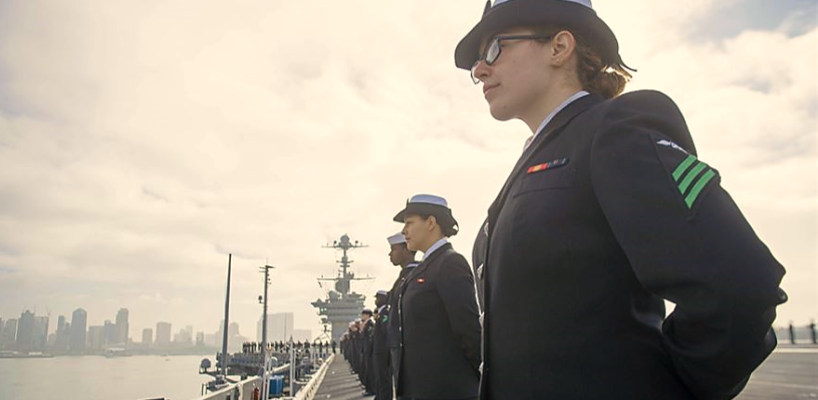The United States Navy is steeped in tradition, much of which it copied from the British Royal Navy at the beginnings of the country. One of the most iconic is the use of “ratings”, in place of rank. Since 1775, the Navy has described its enlisted personnel by their job title and rating. Their actual rank was secondary.
No longer. In an order dated September 16, the Navy moved to align its personnel ranks and jobs with the systems used by the Army and Air Force. All enlisted personnel will be addressed by their rank. The ratings will now become part of a Navy Occupational Specialty code, which will be a part of the sailor’s personnel file. NOS codes will be earned through training and experience, as the ratings were, but sailors will be able to acquire more than one code.
The United States Naval Institute quotes from a Navy statement on the change. “Sailors may hold more than one NOS, which will give them a broader range of professional experience and expertise opportunities”.
Cmdr. Jason Schofield, a spokesman for the Chief of Naval Personnel, told USNI News that the goal was to “develop a new approach to enlisted ratings that would provide greater detailing flexibility, training and credentialing opportunities, and ultimately translate Navy occupations more clearly to the American public”.
Ratings changed with the technology. Previously eliminated ratings include pigeon trainer, loblolly boy or powder monkey. And this newest change will eliminate such longstanding ratings as yeoman, boatswain’s mate or hospital corpsman. The fate of the unique insignias for the ratings, worn on uniforms, remains unclear.
Sec Navy Push for Gender-Neutral Titles
The changes accompany the request from the Secretary of the Navy to remove gender identification from Navy ratings and ranks. Gender neutral titles, according the the USNI report, “better reflect the diversity of the service”.
Navy veterans take great pride in their ratings. More often than not, as you walk through military graveyards, you see the headstones carved with the sailor’s rating while Army and Air Force veterans display their rank. While promotions in rank can come with some regularity based on time in grade, ratings were earned. The effects of this policy move remain to be seen but comment sections in news reports on the issue seem to be overwhelmingly negative.




